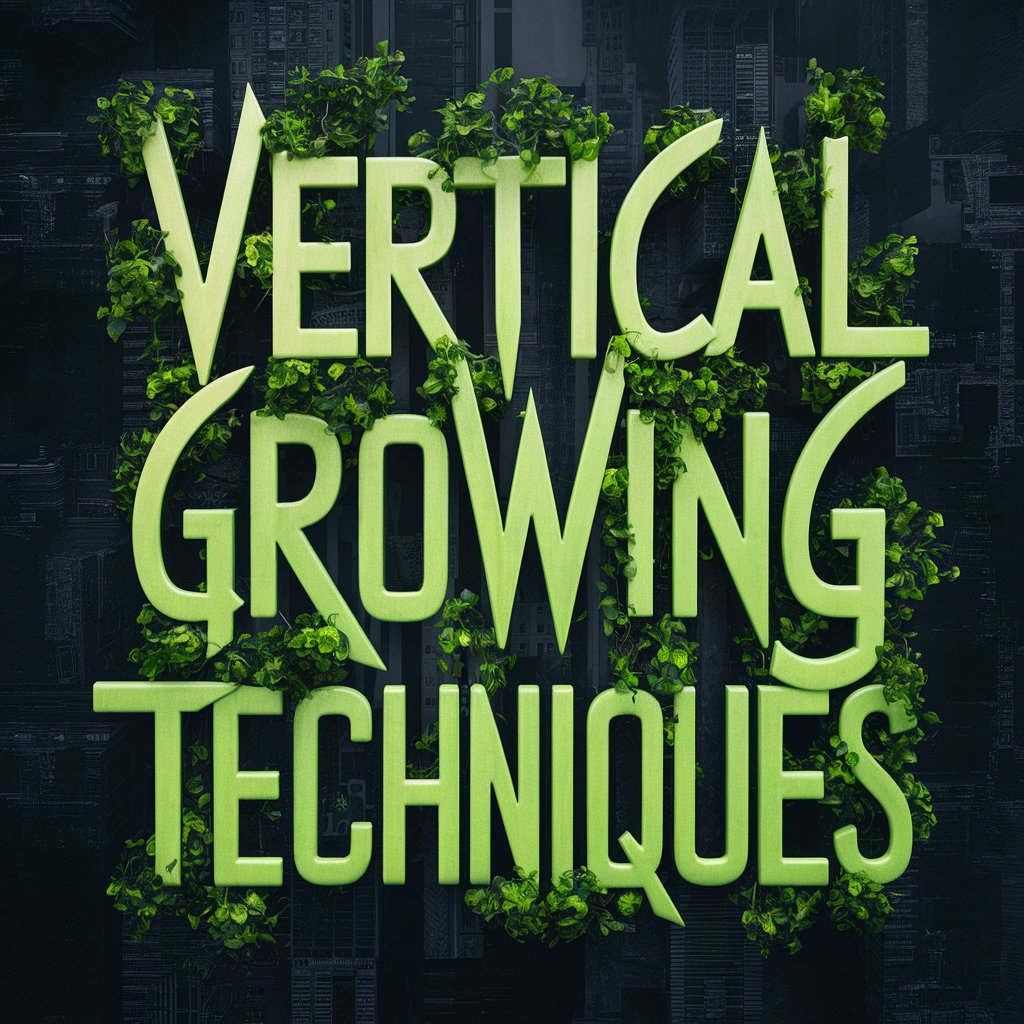Growing a vertical garden can transform both your space and your life. Whether you have a small urban balcony or a large backyard, vertical gardening techniques allow you to maximize your space, improve plant health, and create stunning greenery. From climbing vines to tiered flowerpots, the possibilities are endless.
This blog post will guide you through the benefits and techniques of vertical gardening, providing you with practical tips to achieve success.
Vertical Growing
Vertical growing is an innovative gardening method that involves cultivating plants on vertically inclined surfaces. This technique is perfect for those with limited horizontal space. It also introduces visual interest and variety into your gardening setup.
By the end of this guide, you’ll have a comprehensive understanding of vertical growing, including its benefits, various techniques, and how to execute them successfully. Let’s get started with exploring what vertical growing entails and why it is becoming increasingly popular among plant lovers.
Why Choose Vertical Growing?
Vertical growing isn’t just a trend; it offers several advantages that make it an attractive option for gardeners of all levels.
Space Optimization
One of the most significant benefits of vertical growing is the efficient use of space. Especially useful for urban dwellers, vertical gardens allow you to grow a variety of plants without requiring a large plot of land. By going vertical, you can grow more plants in a smaller footprint.
Improved Air Circulation
Plants grown vertically often experience better air circulation compared to those grown horizontally. This airflow reduces the risk of fungal diseases and pests. Improved air circulation also means healthier plants, which translates to a more productive garden.
Easy Access and Maintenance
Vertical gardens are easier to maintain. You don’t have to bend over as much, making it less physically demanding. Watering, pruning, and harvesting become more convenient, which is particularly beneficial for older adults or those with mobility issues.
Different Vertical Growing Techniques
There are several techniques for vertical gardening, each with its own set of advantages and ideal applications. Here, we’ll explore some of the most popular methods.
Trellises and Arbors
Trellises and arbors are fantastic for climbing plants like beans, peas, and cucumbers. These structures provide sturdy support for plants to latch onto as they grow. They can also add an architectural element to your garden.
Vertical Planter Boxes
Vertical planter boxes are perfect for growing small herbs, flowers, and even vegetables. These boxes can be stacked on top of each other or mounted on walls. They are ideal for patios, balconies, and other small spaces.
Hydroponic Towers
Hydroponic towers are a high-tech solution for vertical gardening. These systems use nutrient-rich water instead of soil to grow plants. They are incredibly efficient and can produce a high yield in a compact space.
Essential Tips for Successful Vertical Growing
Now that you know the different techniques, let’s discuss some essential tips to ensure your vertical garden thrives.
Choose the Right Plants
Not all plants are suited for vertical growing. Opt for climbers, trailers, and compact varieties. Herbs like rosemary, thyme, and mint are excellent choices, as well as vegetables like tomatoes, peppers, and lettuce.
Ensure Adequate Light
Light is crucial for any garden. Position your vertical setup in a spot that receives plenty of sunlight. If you’re growing indoors, consider using grow lights to supplement natural light.
Use Quality Soil and Fertilizers
The soil quality can make or break your vertical garden. Use well-draining soil that’s rich in nutrients. Regularly feed your plants with organic fertilizers to keep them healthy and productive.
Common Challenges and How to Overcome Them
Vertical gardens are not entirely free from challenges. Here are some common issues and how to tackle them.
Watering Issues
Watering can be tricky in vertical gardens because gravity pulls water downwards. To manage this, use drip irrigation or self-watering systems. These methods ensure that water reaches all levels of your vertical setup.
Structural Stability
Ensure that your vertical garden is stable. Use sturdy materials and secure your structures well. The last thing you want is for your setup to topple over, damaging your plants.
Pest Control
While vertical gardens generally have fewer pests, they are not immune. Regularly inspect your plants for signs of pests and treat them promptly with organic pesticides if needed.
Hoophouse
If you’re looking to extend your growing season or protect your plants from harsh weather, consider building a DIY hoophouse. A hoophouse can provide the perfect environment for your vertical garden, ensuring optimal growth conditions year-round.
Conclusion
Vertical growing is a game-changer for gardening enthusiasts, offering numerous benefits and exciting possibilities. By maximizing space, improving plant health, and adding aesthetic appeal, vertical gardens can transform any area into a green oasis. Follow the tips and techniques outlined in this guide, and you’ll be well on your way to creating a thriving vertical garden.
Ready to take your gardening to new heights? Start your vertical garden today and join a community of passionate plant lovers who are redefining the gardening experience.





